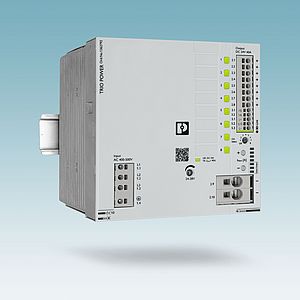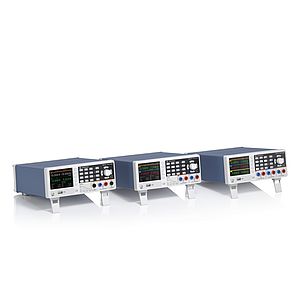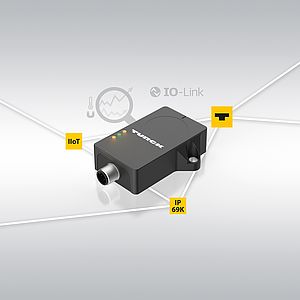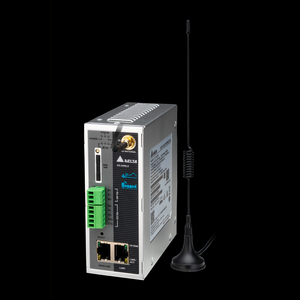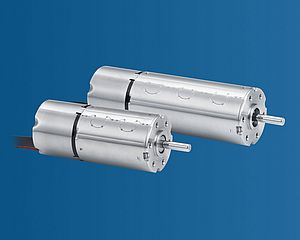Ten years ago, the NASA rovers Opportunity and Spirit landed on Mars. Today, Opportunity is still exploring Mars - an unbelievably long time, considering the robot was only designed to last about 90 days. It has covered a distance of approximately 39 kilometers so far and continues to roam around a vast area. On board, 39 maxon brushed DC motors can be found.
On January 25, 2004, the Mars rover Opportunity landed in the Eagle crater. Since then, it has been investigating the planet for NASA (National Aeronautics and Space Administration), a USA agency responsible for the exploration of space. It has examined a number of craters, dunes, and flats, always searching for traces of water. It did not take long before Opportunity found first indications (sediment structures, minerals) that there used to be water on Mars. The Mars rover is able to take photos, brush the ground and drill into stone and it continues to do so today. "The rover is in exceptionally good condition for its age", says John Callas, a manager at NASA. However, things haven't always been easy for the rover in the past ten years. Its wheels have become stuck in the sand requiring a very difficult maneuver to release them once again. Sand storms disabled the solar panels and prevented the batteries from recharging. Opportunity is now starting to show a few small symptoms of aging: the 185 kg robot has a bit of "memory loss" - every now and again, its hard disk shows signs of wear caused by the long period of use.
With drives manufactured by maxon motor, Opportunity has been able to safely navigate the surface of Mars for ten years. The rover contains a total of 39 brushed DC motors that are all still operating reliably. They are used to drive the robotic arm, the Rock Abrasion Tool (RAT), the cameras, the control mechanism and the wheels of the rover. The motors are standard products with diameters of 20 to 25 millimeters and an efficiency of over 90 percent. Minor modifications were necessary to adapt the DC motors for the harsh environmental conditions: the temperature on the surface of Mars fluctuates between approximately -120 °C and +25 °C.




